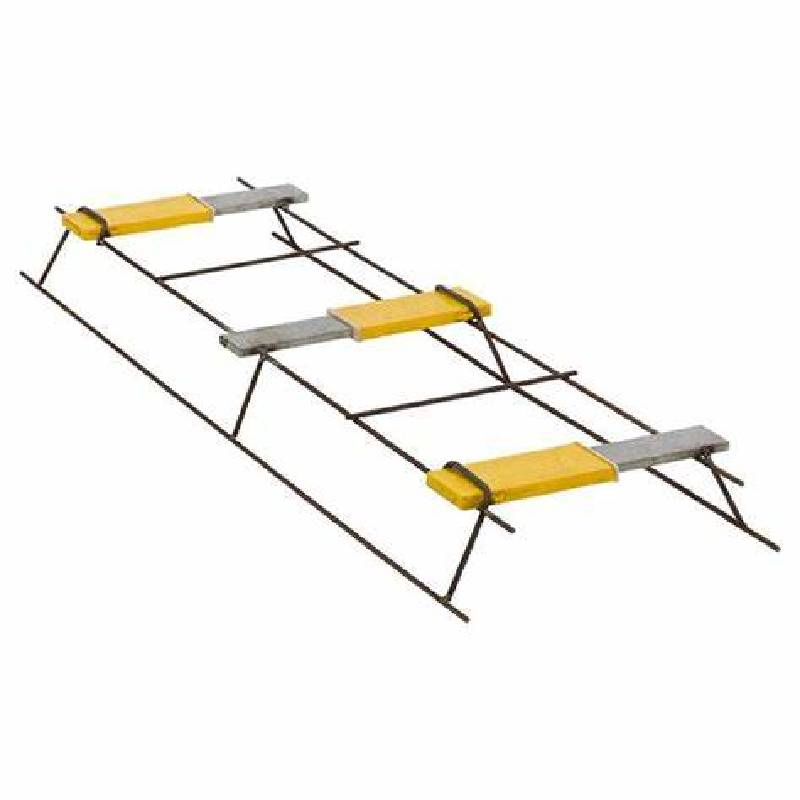
- Mobile Phone
- +8613931874955
- sales@cntcmetal.com
Understanding Compression Springs Design Principles and Applications for Various Mechanical Systems and Devices
Understanding Compression Springs Design, Functionality, and Applications
Compression springs are a fundamental component in various engineering applications, providing essential functionality in numerous products ranging from automotive to industrial machinery. These springs are designed to exert a force when compressed, helping to store energy and provide stability to mechanisms. In this article, we will delve into the design, functionality, and applications of compression springs, ensuring a comprehensive understanding of their importance in mechanical systems.
Design of Compression Springs
Compression springs are typically cylindrical in shape, made from coiled wire that allows them to compress when a load is applied. The design of these springs involves careful consideration of several factors, including the material, coil diameter, wire diameter, and the number of active coils. Common materials for compression springs include carbon steel, stainless steel, and other alloys, chosen for their elastic properties and resistance to corrosion.
When designing a compression spring, engineers must also account for the spring rate, which indicates the amount of force required to compress the spring by a unit length. This property is critical in ensuring that the spring performs its intended function effectively. The spring rate can be calculated using the formula
\[ k = \frac{Gd^4}{8D^3n} \]
where \( k \) is the spring constant, \( G \) is the modulus of rigidity, \( d \) is the wire diameter, \( D \) is the mean coil diameter, and \( n \) is the number of active coils.
Functionality of Compression Springs
The primary function of a compression spring is to provide force when a load compresses it. When the compressive force is removed, the spring returns to its original shape, demonstrating Hooke's Law, which states that the force exerted by the spring is directly proportional to its deformation. This property makes compression springs ideal for applications requiring dynamic loading and unloading.
Compression springs absorb shock, reduce vibration, and maintain consistent force in applications. For instance, in automotive suspensions, compression springs play a vital role in supporting the vehicle's weight while allowing for a smooth ride by absorbing road bumps.
compression springs pdf

Applications of Compression Springs
The applications for compression springs are incredibly diverse, spanning various industries. Here are a few notable examples
1. Automotive Industry In vehicles, compression springs are used in the suspension system to absorb shocks, ensuring a smooth and comfortable ride. They are also found in engine components, such as valve springs, which regulate engine timing.
2. Consumer Electronics Compression springs are crucial in certain consumer products, such as in remote controls, keyboards, and other devices requiring tactile feedback. They provide the necessary push-back that users expect when pressing buttons.
3. Industrial Machinery Many machines rely on compression springs for their safe operation. Conveyor systems, for example, often incorporate compression springs to maintain tension and alignment of the belts.
4. Medical Devices In the medical field, compression springs are used in devices such as syringes and blood pressure cuffs, where they help in providing consistent force and functionality.
5. Furniture Mechanisms in reclining chairs and adjustable beds frequently use compression springs to allow for smooth operation and user comfort.
Conclusion
Compression springs play a vital role in a myriad of applications, thanks to their ability to efficiently store and release energy. Understanding their design, functionality, and potential applications is essential for engineers and designers across various fields. As technology continues to advance, the importance of optimizing compression spring designs to improve performance, durability, and integration into new products will remain pivotal in engineering innovation. Whether in everyday consumer items or heavy machinery, compression springs are an integral part of modern design and engineering solutions.
share:
-
Your Source for Concrete Wall Ties and Masonry AccessoriesNewsJul.10,2025
-
Unlocking the Power of Iron Wire for Every ProjectNewsJul.10,2025
-
Explore Advanced Chain Wire and Stainless Steel Mesh FencingNewsJul.10,2025
-
Discover the Benefits of Annealed Wire ProductsNewsJul.10,2025
-
Discover China Stainless Steel Wire Mesh SolutionsNewsJul.10,2025
-
Build with Confidence Using High-Performance Masonry AccessoriesNewsJul.10,2025
-
Why Sacrificial Formwork Is Redefining Underground ConstructionNewsJun.06,2025



















